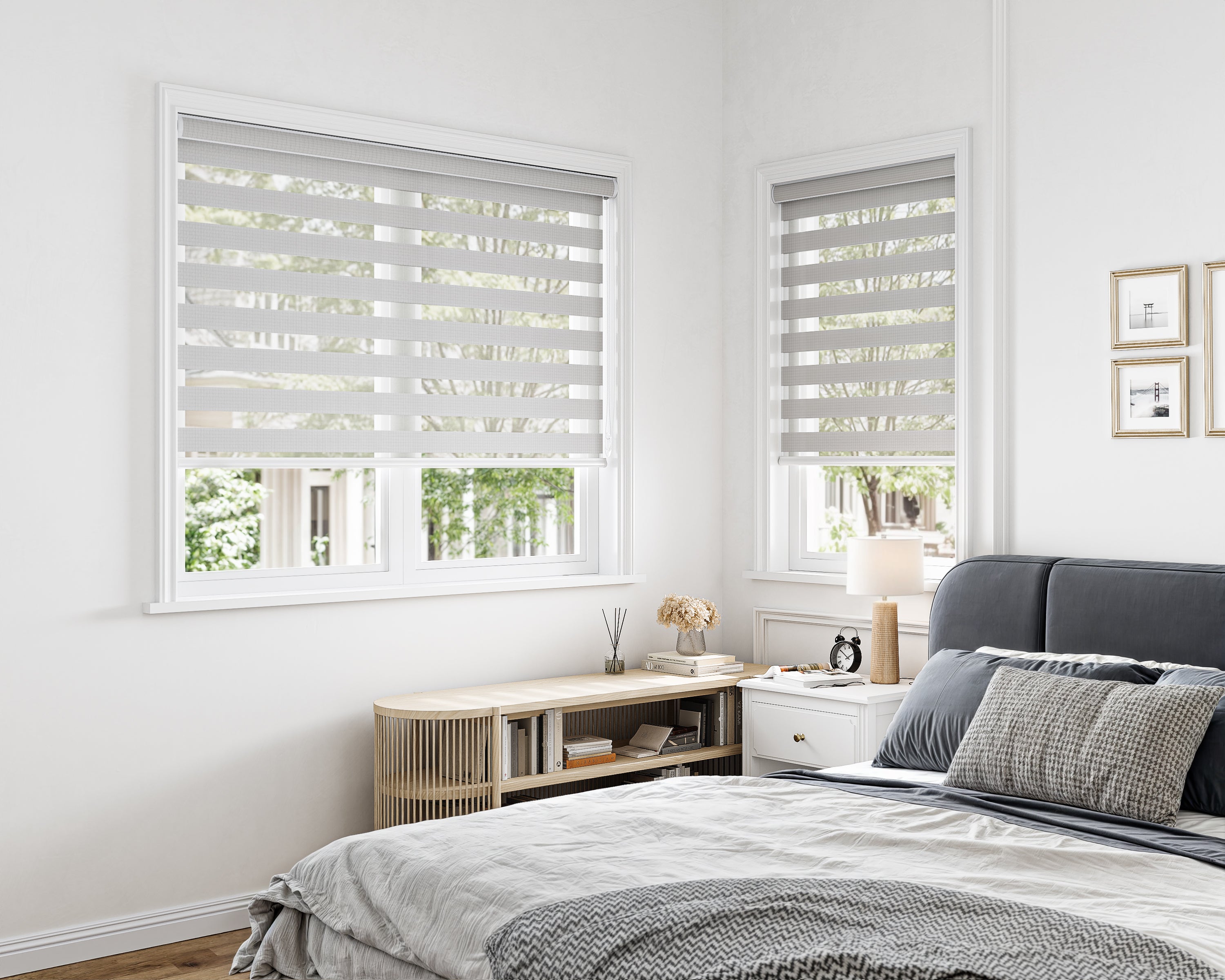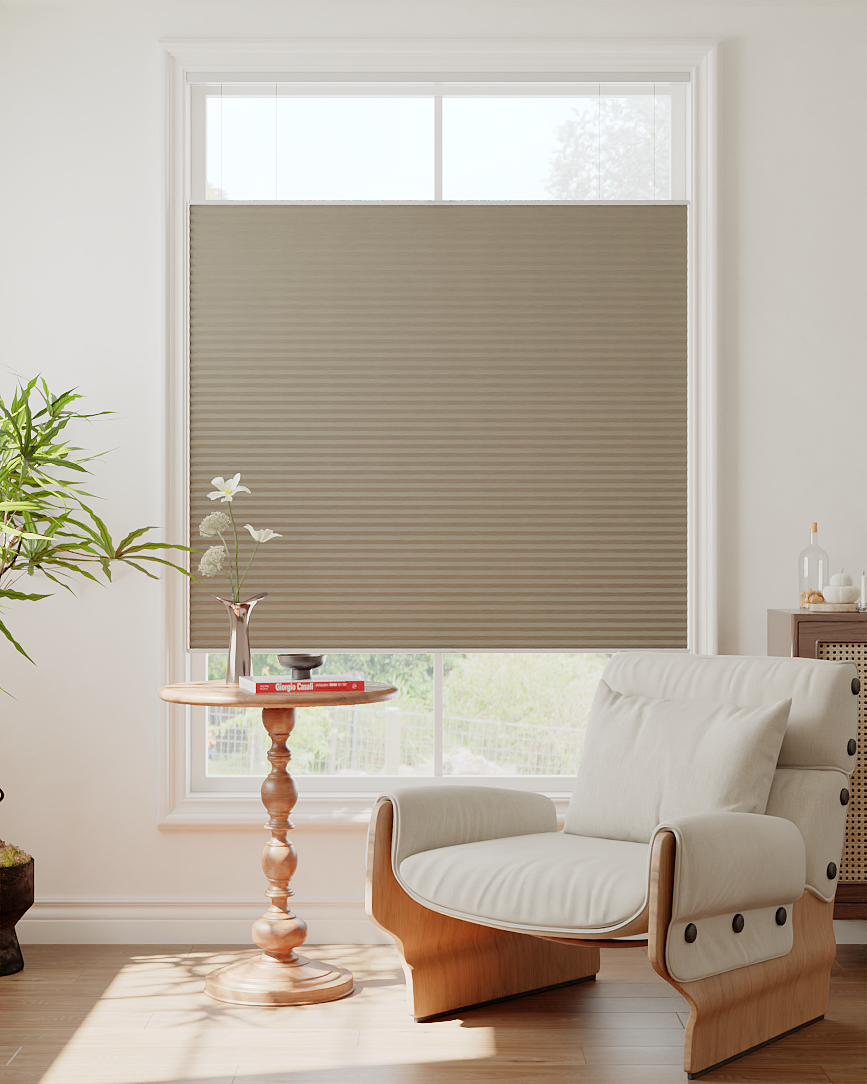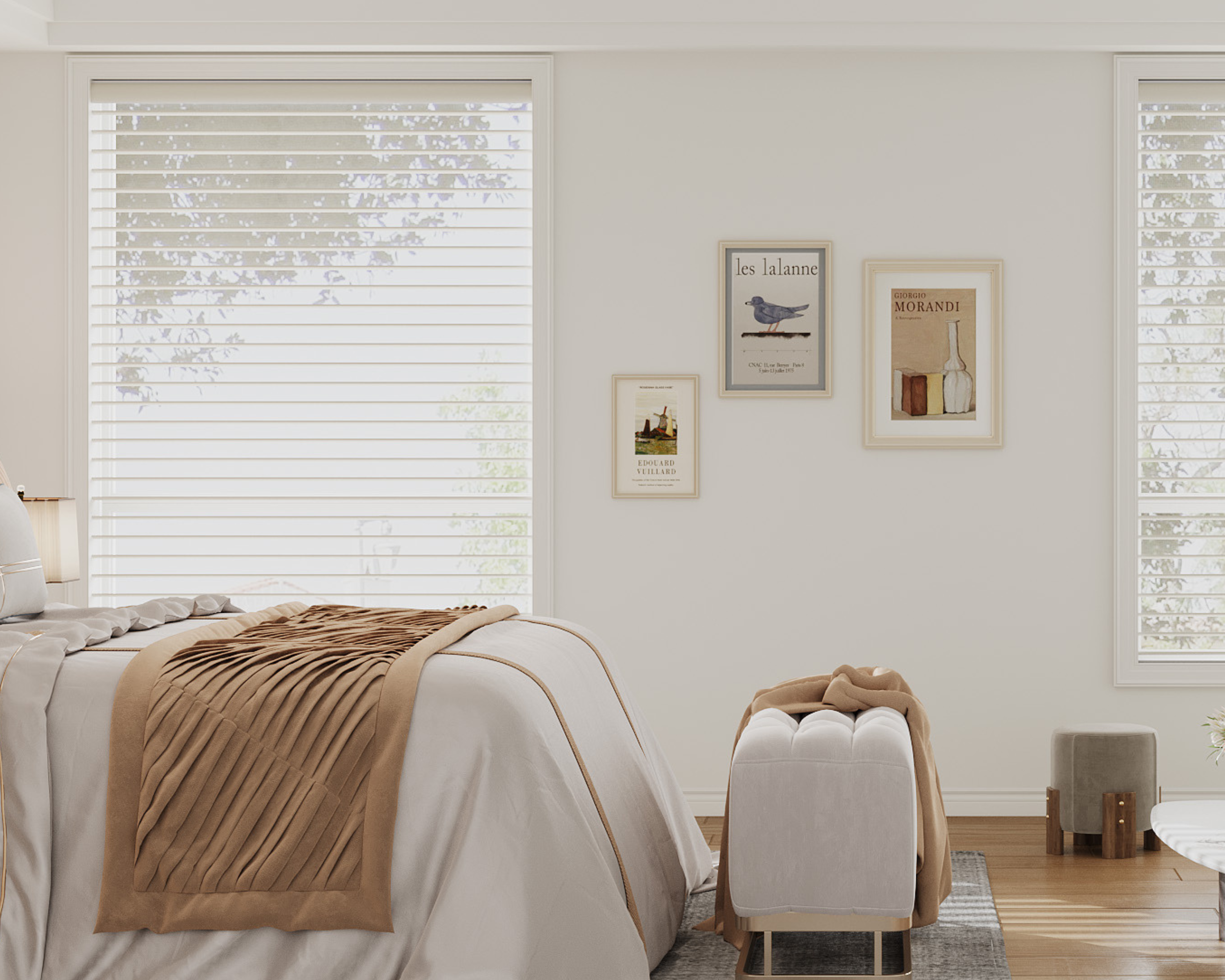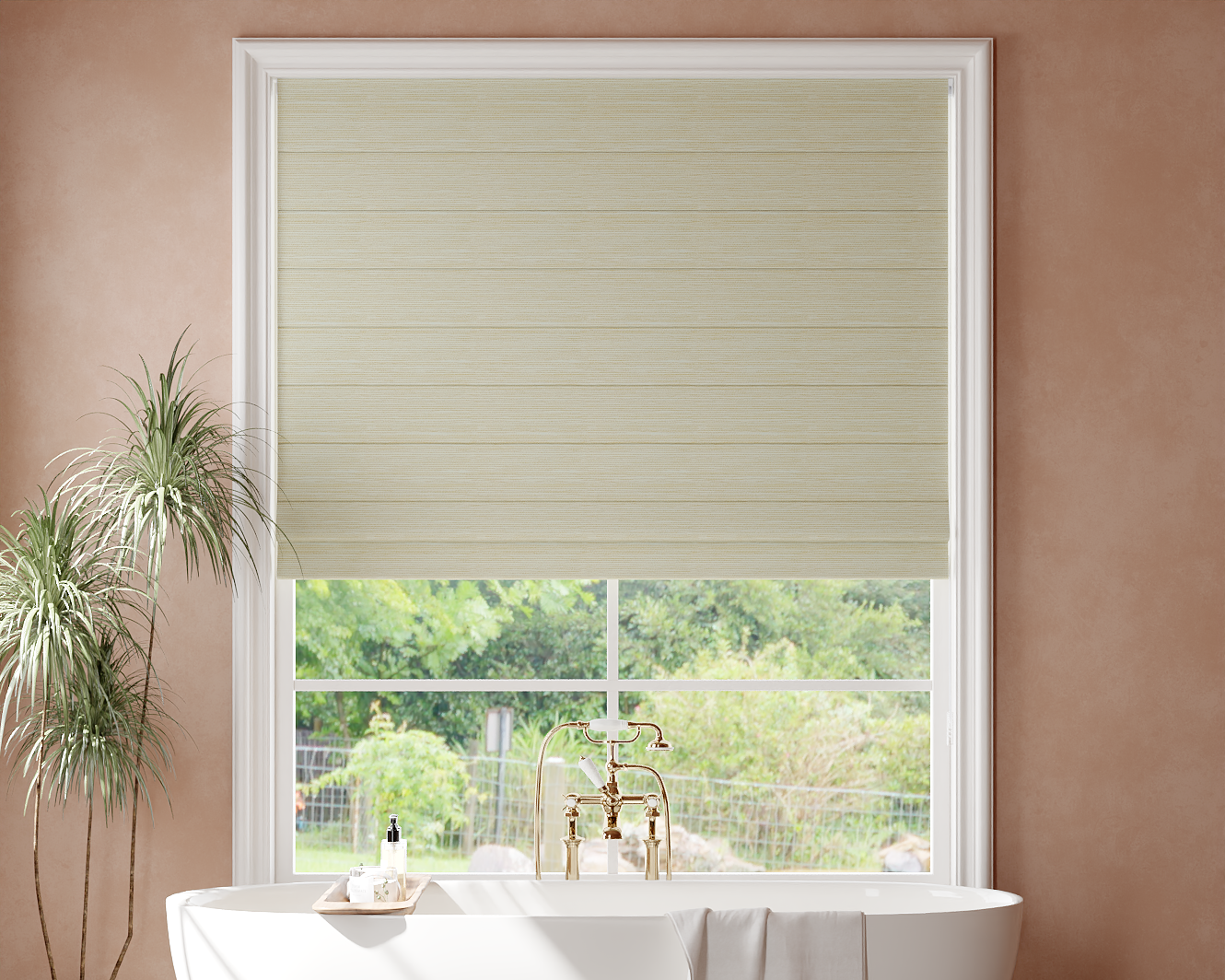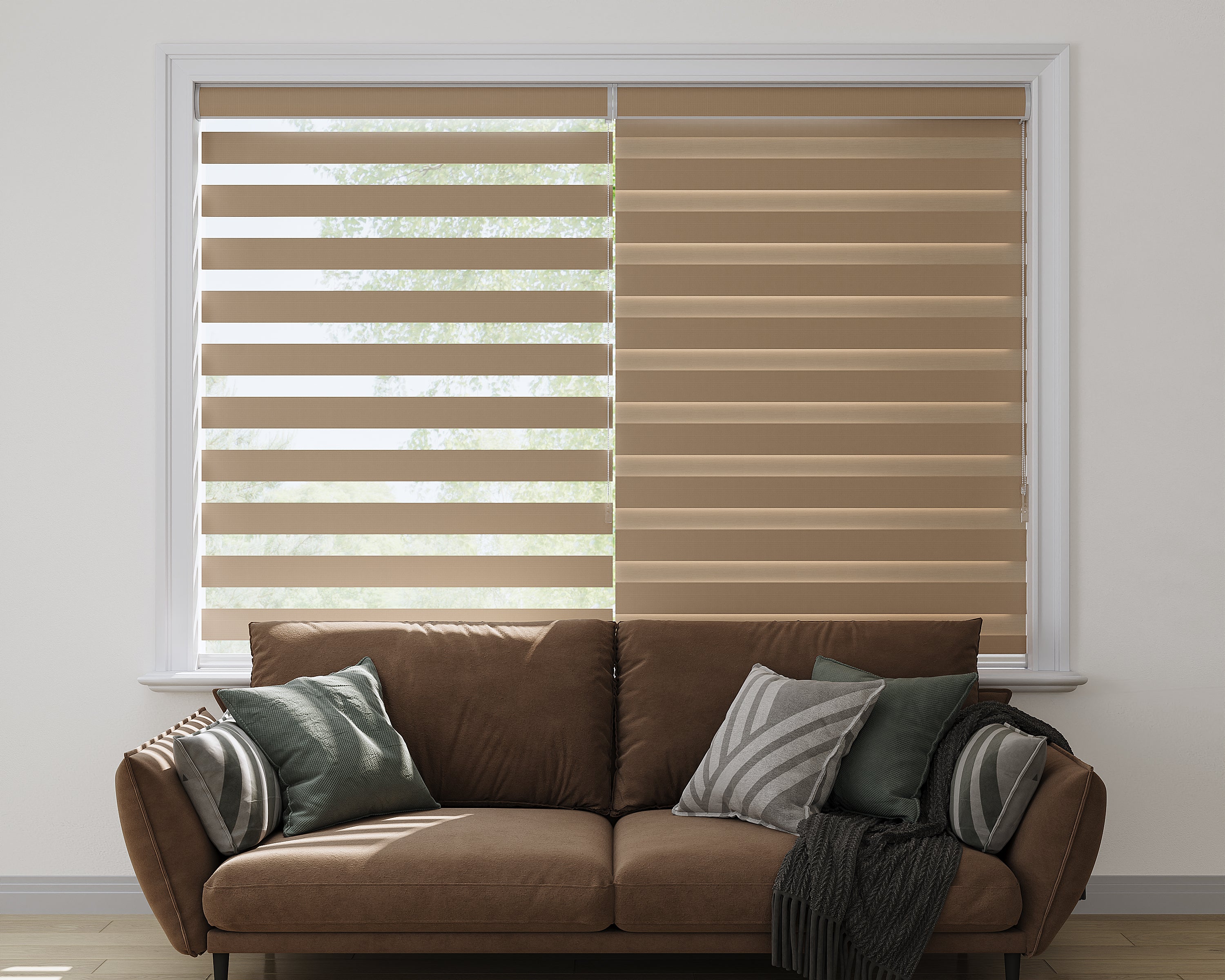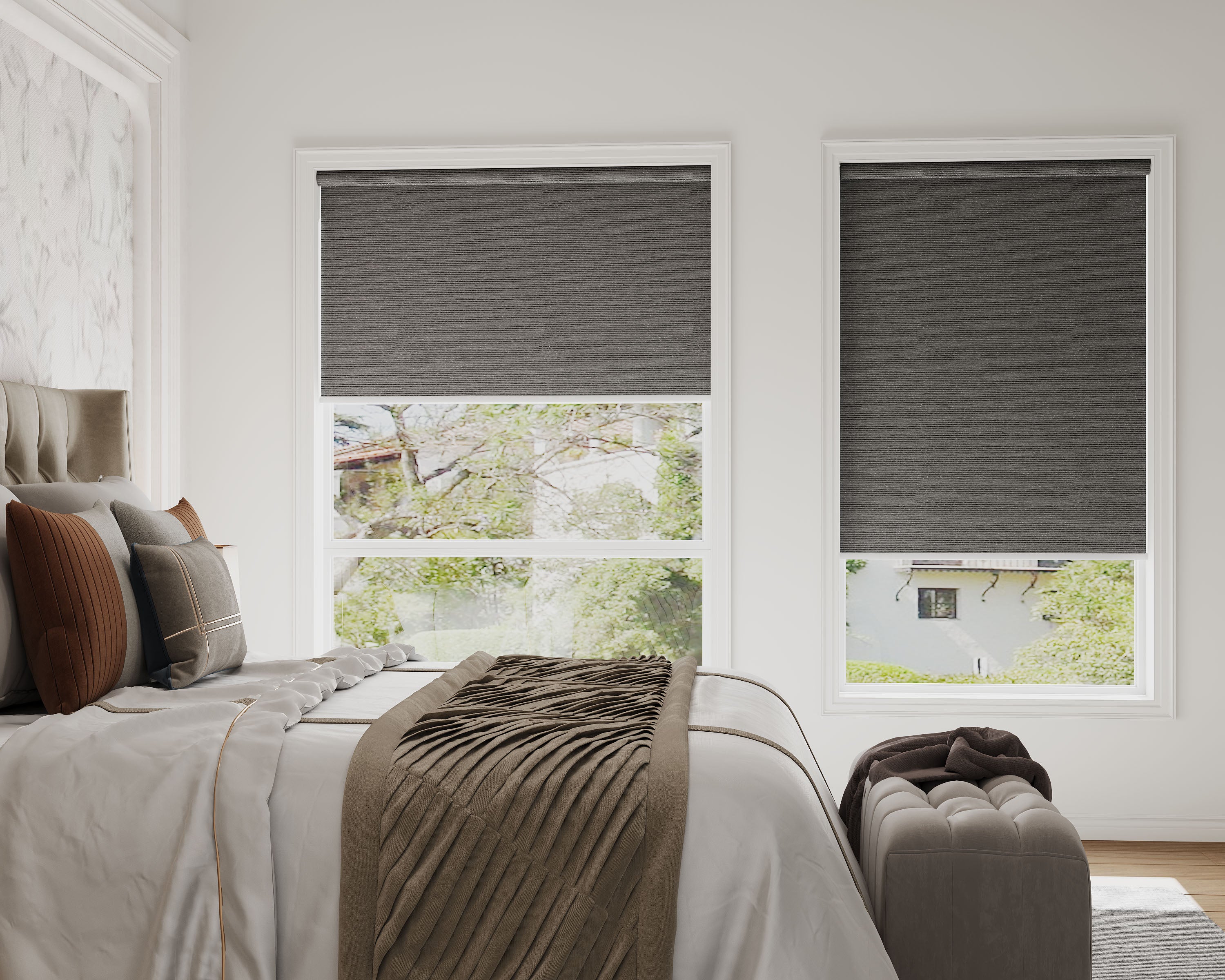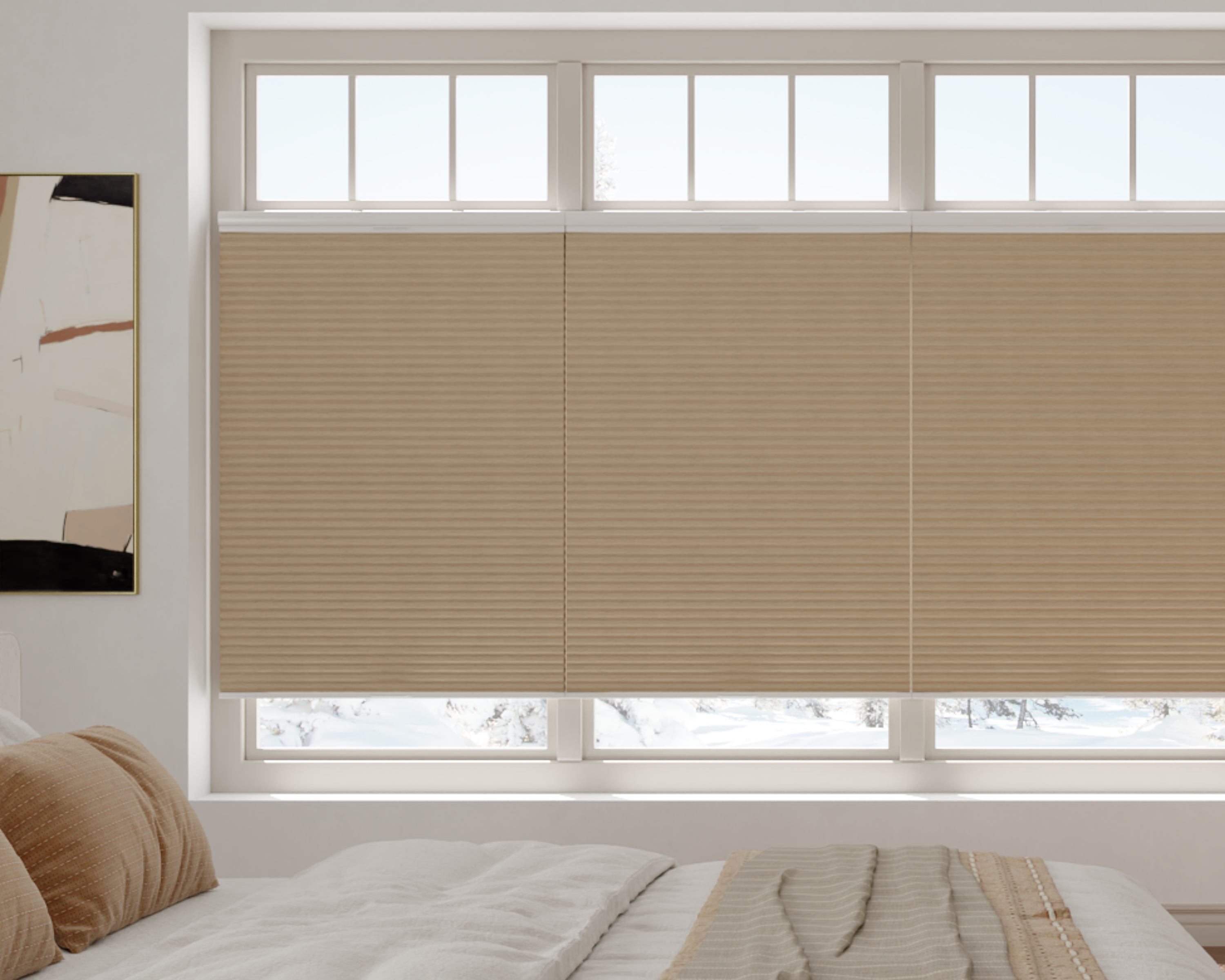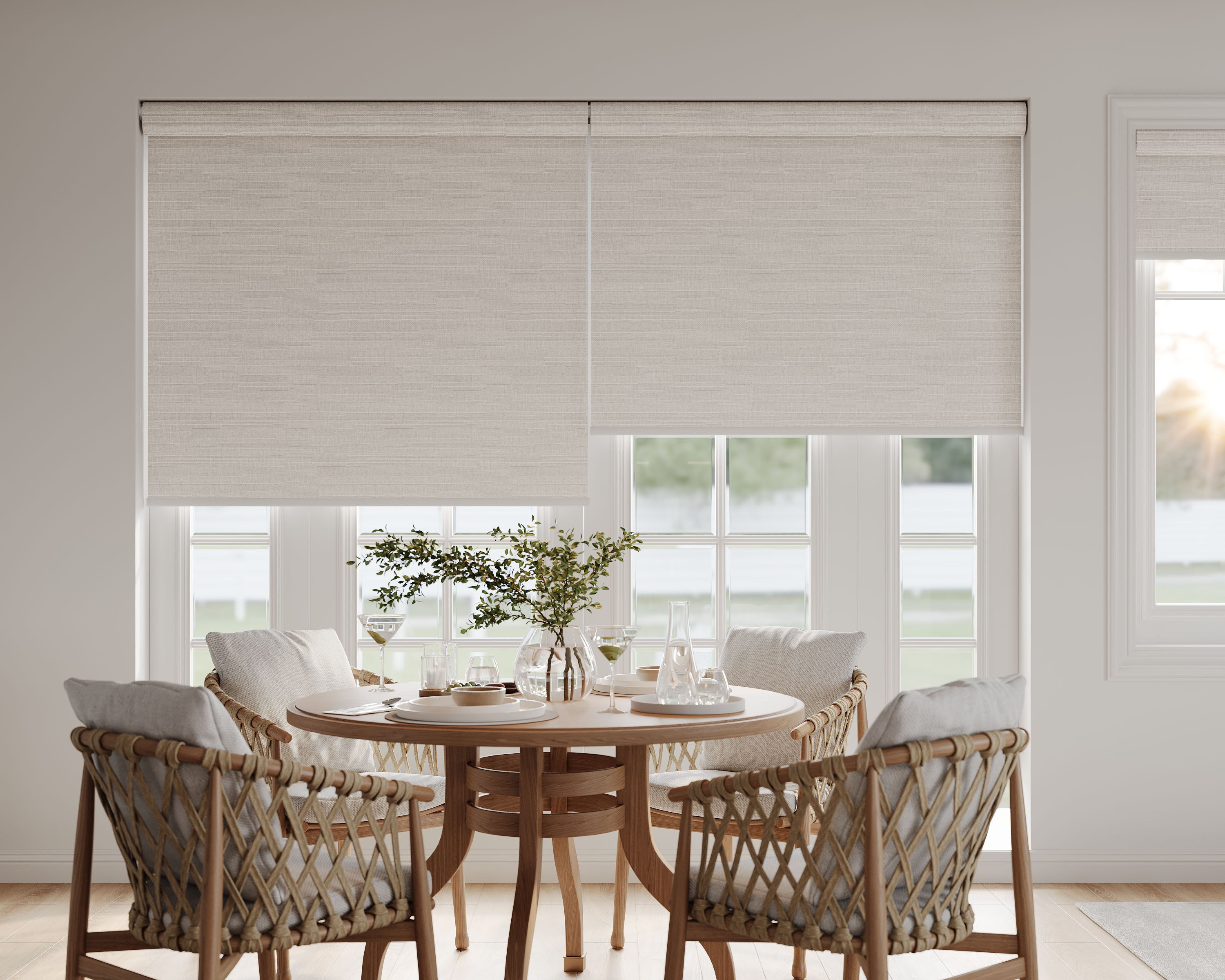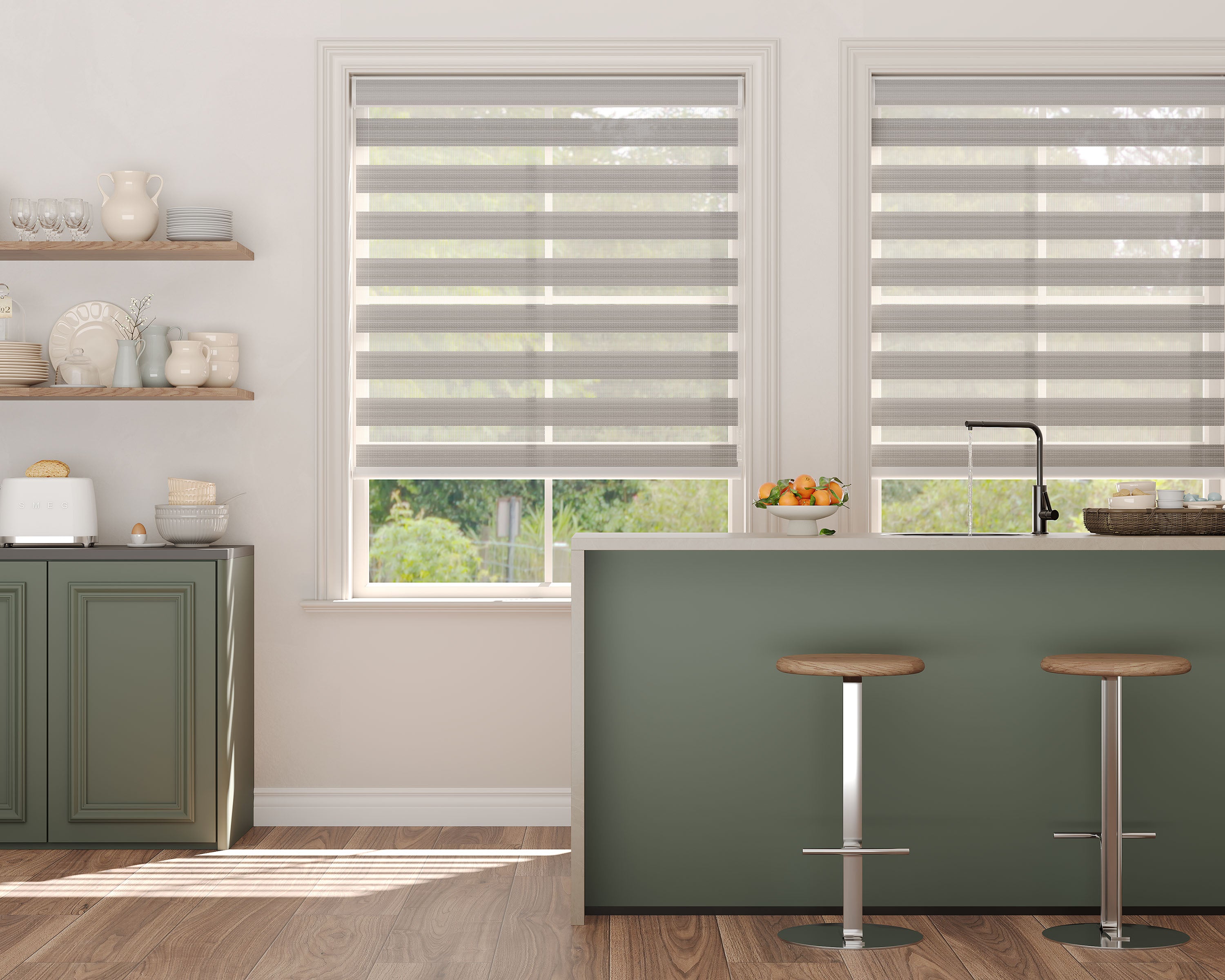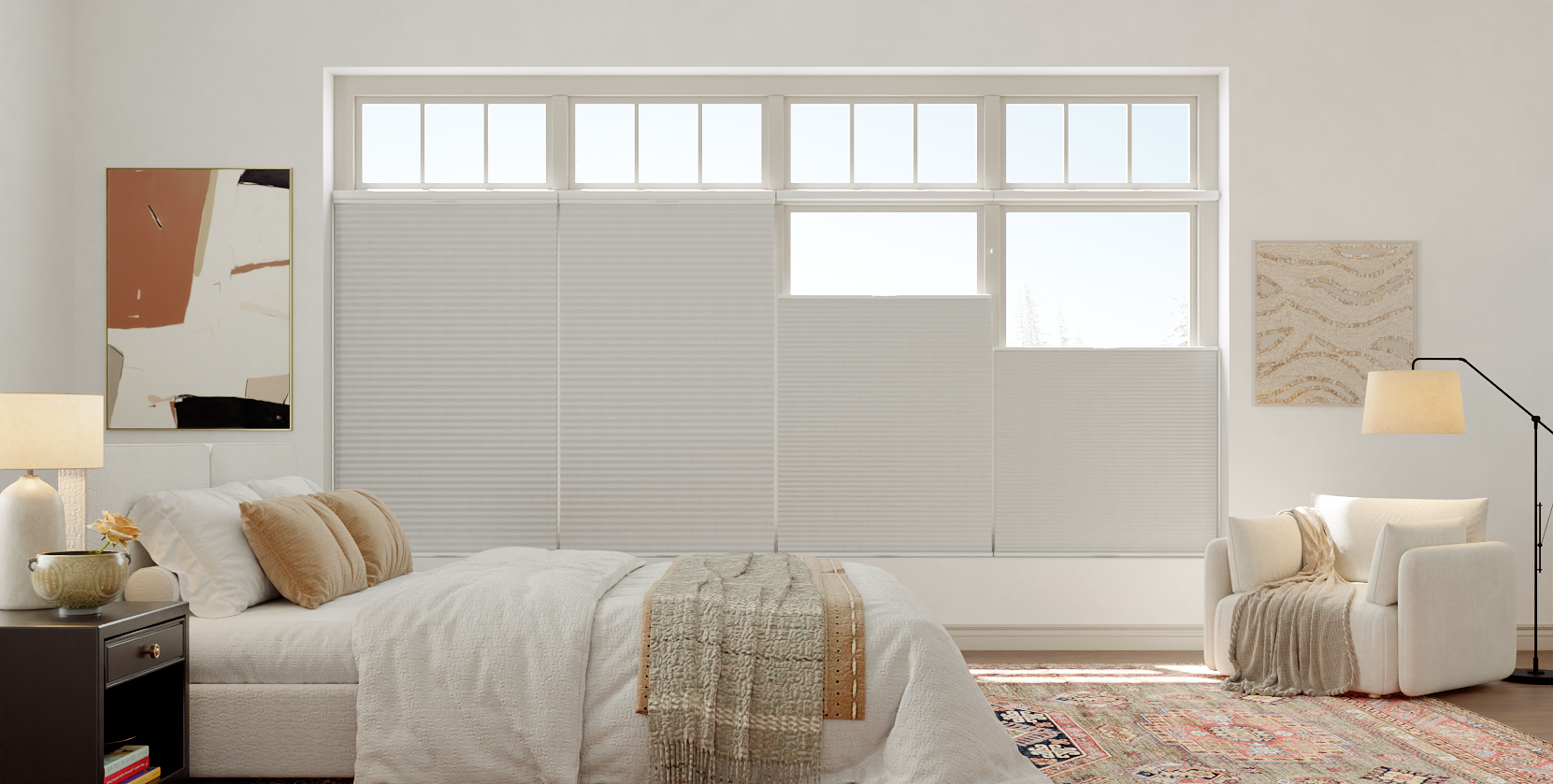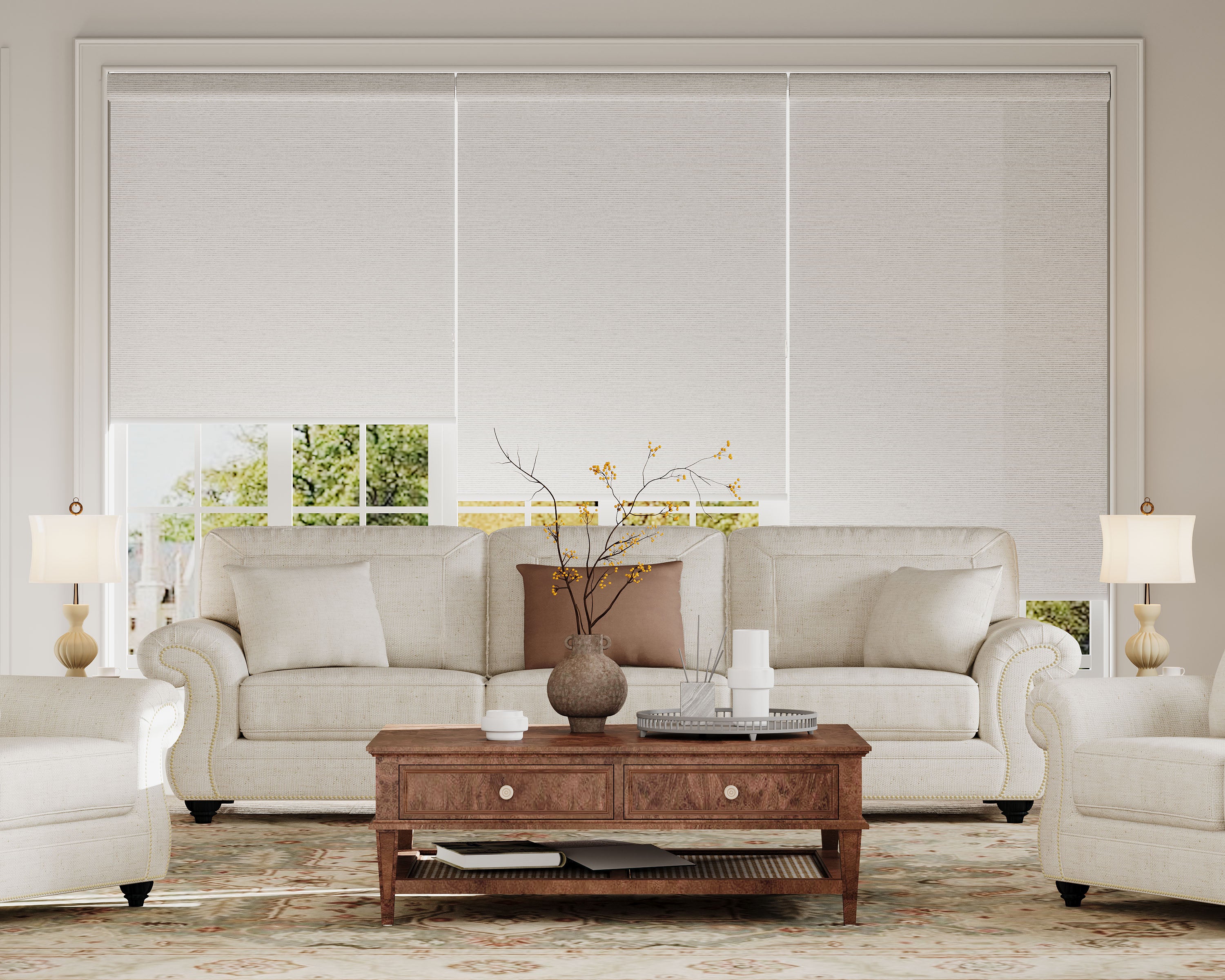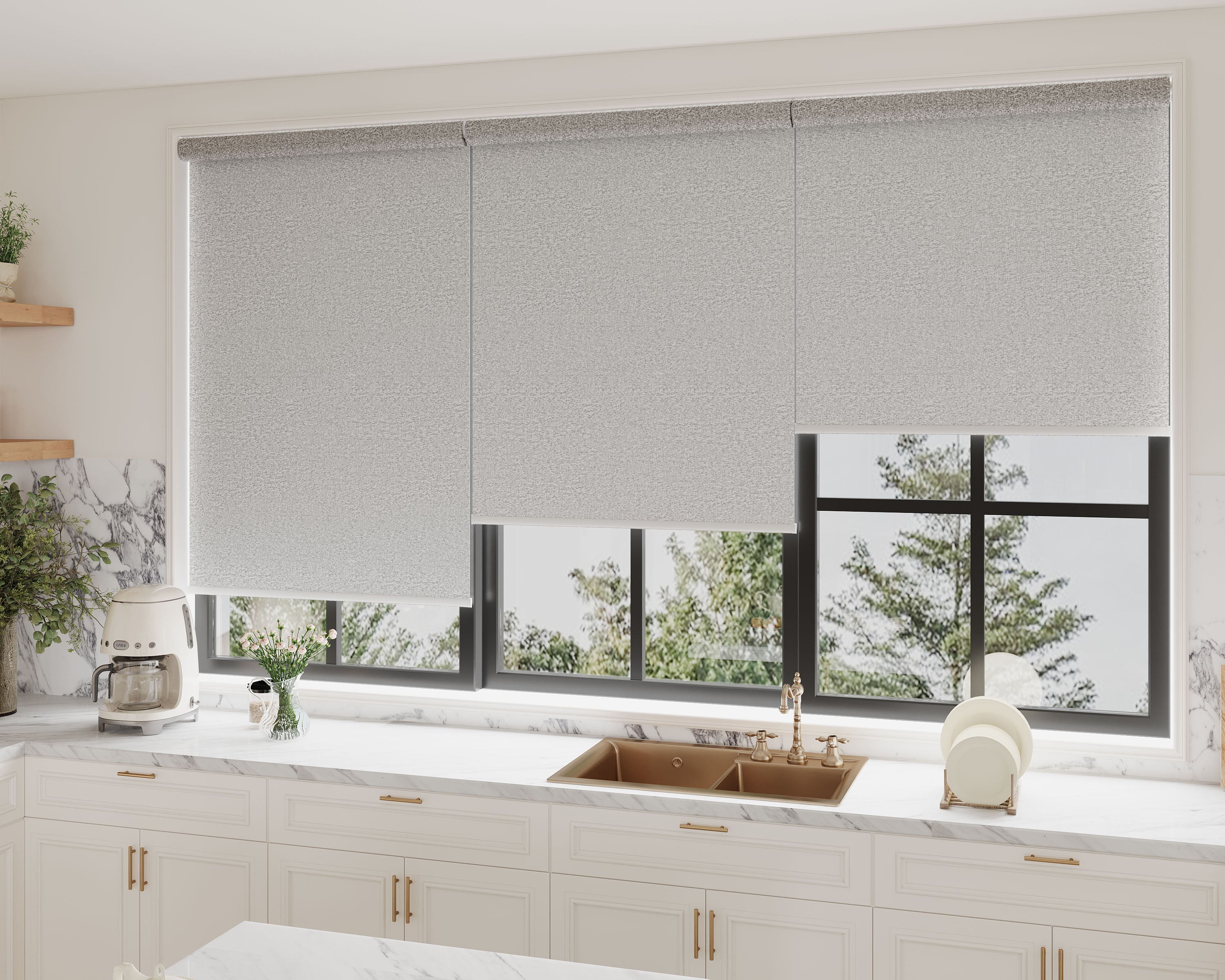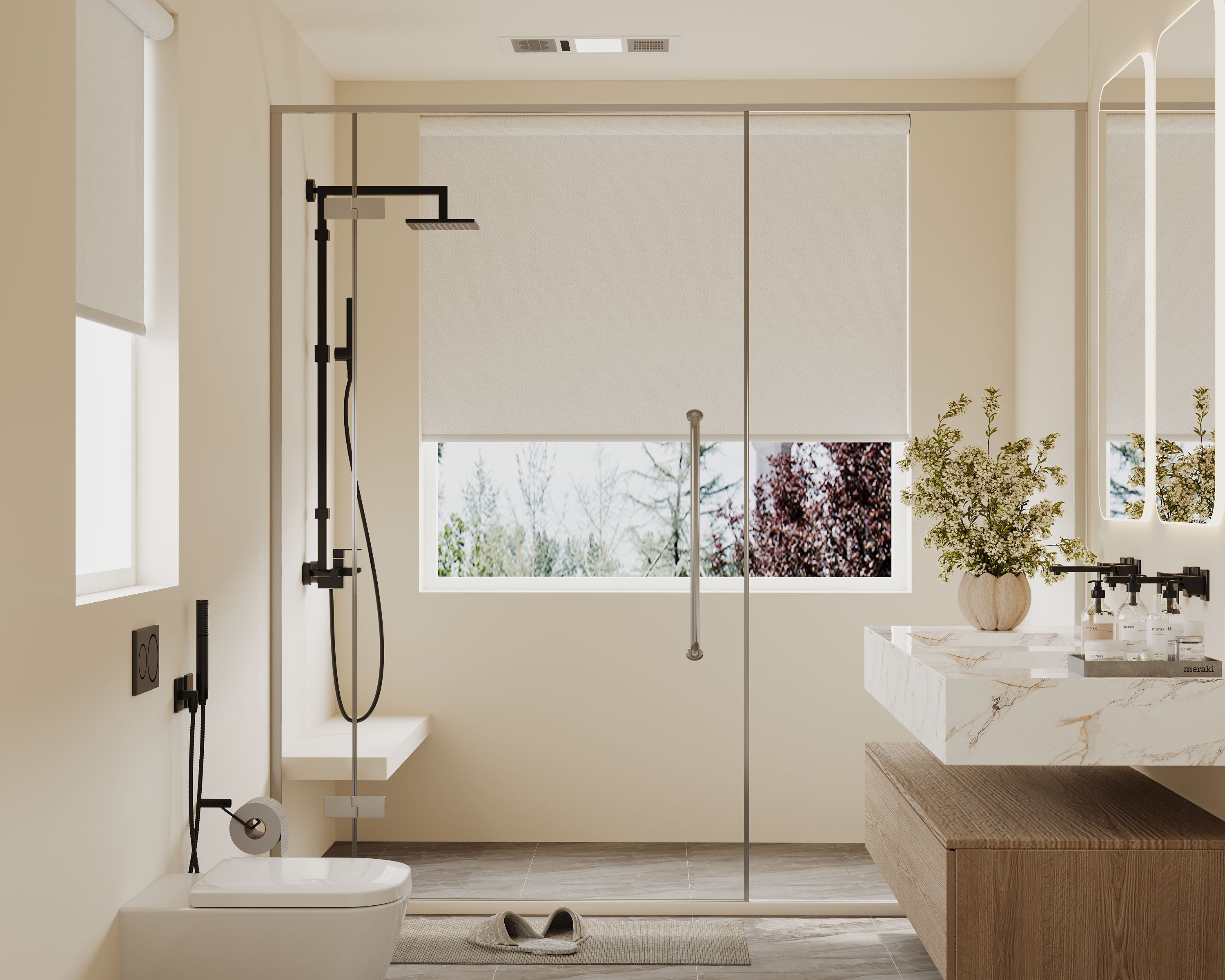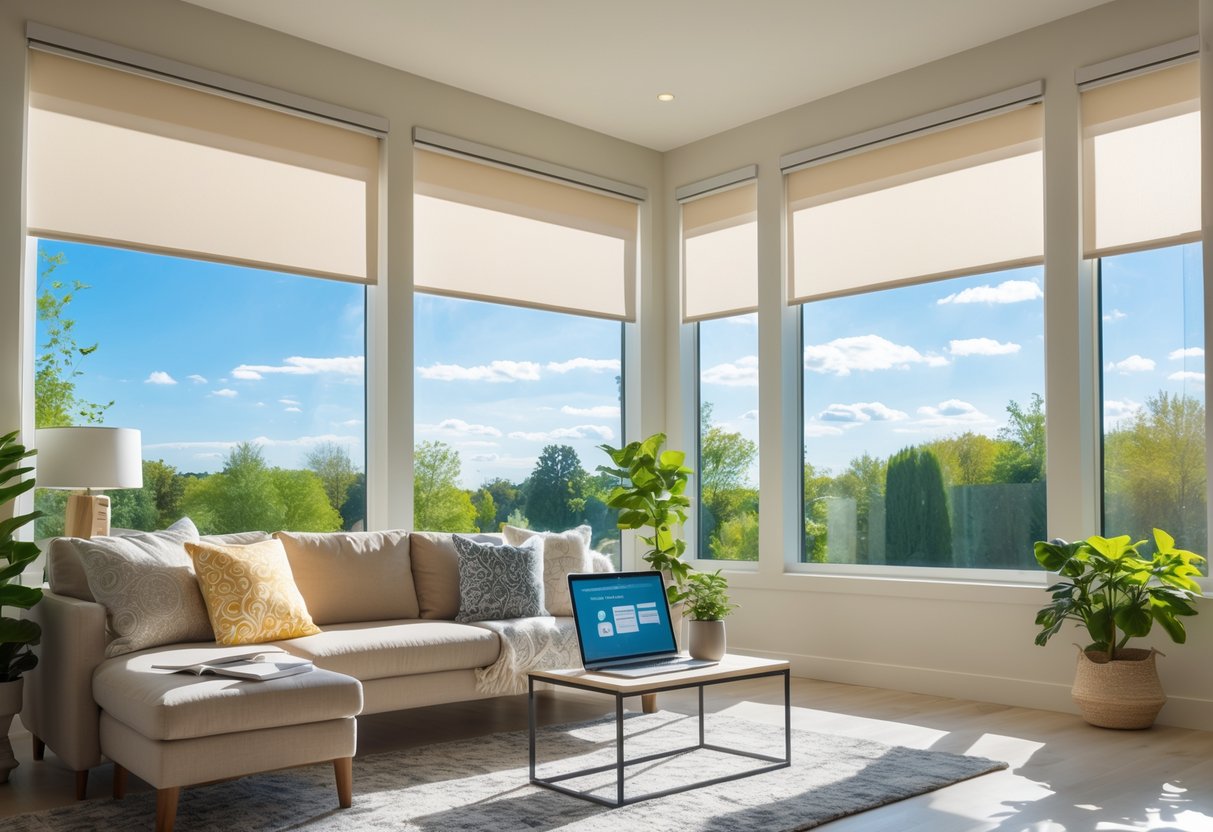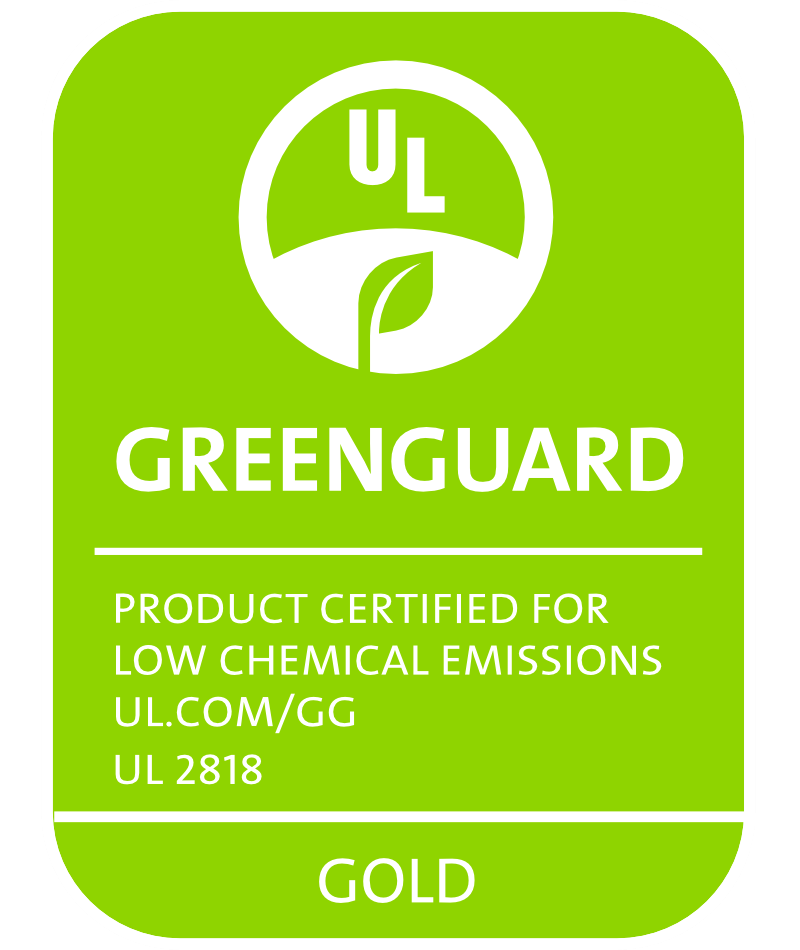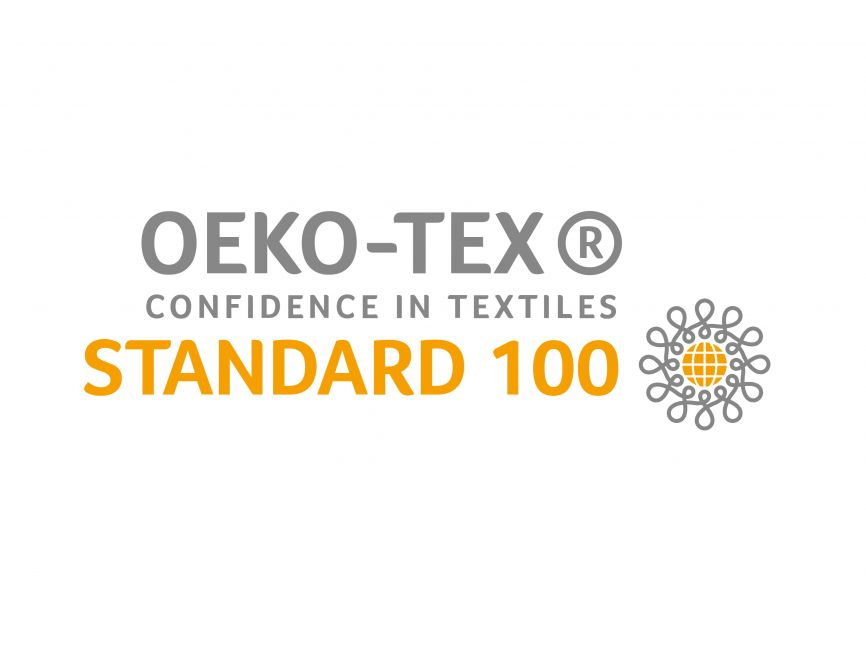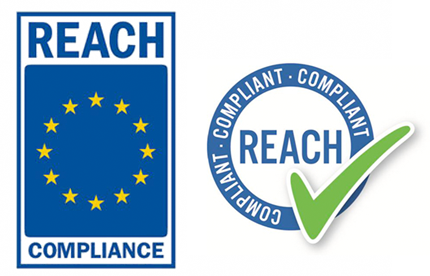Explore our top collections, including Roller Shades, Zebra Shades, and Blackout Shades.
Thinking about updating our window coverings? Energy-efficient shades aren’t just a style move—they can actually put some money back in our pockets. For 2025, certain energy-efficient window shades qualify for federal tax credits, so there’s a real incentive to make the switch.
But not every shade out there makes the cut. We need to know which types, materials, and brands meet the government’s strict energy-saving standards before we cash in. Let’s break down what actually counts, so we can pick shades that keep our homes comfortable—and our wallets a little happier.
Key Takeaways
- Only certain certified energy-efficient shades qualify for 2025 tax credits.
- We need to match the right window coverings with the latest IRS guidelines.
- Smart shade selection helps maximize comfort, savings, and incentives.
What Are Energy-Efficient Shades That Qualify for 2025 Tax Credits?
Not all window coverings qualify for federal incentives in 2025—we’ve got to be a bit picky about what we choose. It comes down to meeting specific energy standards, having the right certifications, and looking for that all-important labeling.
Federal Incentives for Energy-Efficient Window Treatments
The federal government offers tax credits on select window treatments that help us save energy at home. In 2025, the main program is the Nonbusiness Energy Property Credit, part of the IRS Form 5695. We can claim up to 30% of the purchase price (not installation costs), with a max credit of $1,200 for qualifying improvements.
Eligible window treatments include:
- Cellular (honeycomb) shades
- Certain roller and Roman shades
- Approved insulating draperies
Blinds and simple curtains usually don’t make the list. To qualify, we need to install the shades in our primary residence—not rentals or new construction. And we’ll want proper documentation from the manufacturer to prove eligibility.
Key 2025 Tax Credit Requirements
For shades to qualify, they need to cut down heat loss in winter and reduce heat gain in summer. The focus is on products with measurable energy savings, especially those with solid insulating properties.
Key criteria:
- Installed in an existing, primary home (not a rental or new build)
- Meets “energy efficiency” standards from the Department of Energy or IRS
- Bought and installed between January 1 and December 31, 2025
We should hang on to all receipts and the manufacturer’s certification statement—this is basically our “golden ticket” for the IRS. Shades need to be properly installed inside or close to the window glass to count. If we buy multiple shades, only the cost of qualifying products gets counted toward the credit.
Certification and Labeling Explained
Not all shades with flashy packaging qualify—only those with the right certifications. We want a Manufacturer’s Certification Statement. Usually, this is a printed document or a digital download confirming the product fits the tax credit criteria.
Most qualifying shades are labeled as meeting NFRC (National Fenestration Rating Council) standards or have the ENERGY STAR logo, which signals strong thermal performance.
Quick tip: The certification often comes with the product or is on the manufacturer’s website.
When we file for the credit, we don’t send in the certification, but we should keep it in our files for at least three years, just in case the IRS wants proof. If we’re unsure, we can check the official IRS or ENERGY STAR lists for brands and models that qualify.
Types of Shades Eligible for Government Incentives
Not every window shade qualifies for energy efficiency tax credits in 2025. The trick is picking styles the IRS lists as eligible and that manufacturers certify for energy savings.
Cellular Shades and Honeycomb Blinds
Cellular shades, or honeycomb blinds, are stars when it comes to insulation. Their cell-shaped design traps air at the window, giving us an extra layer of insulation. This helps cut heat gain in summer and heat loss in winter.
For tax credits, look for double cell or triple cell options—single-cell shades might not always make the cut. The shades should have a verified R-value above government-set thresholds, which means they’ve been tested for efficiency. Most big brands include this documentation.
Also, make sure the shades fit tightly against the window frame. Loose fits let air sneak in, dropping efficiency below what the tax credit requires. Always check for the manufacturer’s statement that the product is eligible for federal incentives.
Quick Eligibility Checklist:
- Double or triple cell construction
- R-value meets government guidelines
- Custom fitted or snug design
- Manufacturer’s certification available
Roller and Solar Shades That Make the Cut
Roller and solar shades look modern and do a good job blocking sunlight. Not all of them qualify, though. To be eligible for tax incentives, these shades need specialized fabrics with high solar reflectance and thermal performance.
Most qualifying roller and solar shades have a silver or reflective backing to bounce sunlight away from the glass. The big number to check is the Solar Heat Gain Coefficient (SHGC). We want an SHGC rating that meets or beats federal guidelines—the manufacturer should provide this.
It’s worth checking if the rollers fit tightly, ideally with side tracks or seals. This small detail really boosts the efficiency.
Features that qualify:
- High-performance, reflective-backed fabrics
- Low SHGC rating, per IRS listings
- Manufacturer certification for energy efficiency
Roman Shades With Energy-Saving Features
Roman shades can be more than just a pretty fabric fold—some work for energy efficiency, too. To qualify for incentives, Roman shades should have at least two layers of fabric and a thermal lining. That creates an air pocket, working much like a cellular shade.
Skip thin or unlined options—they usually fall short on insulation. Products need to list an R-value that matches or beats IRS requirements. If the shades are custom-fit, even better for energy savings.
Pro Tip: Many brands don’t label basic Roman shades as efficient enough. Always look for those advertised as energy-saving and double check for the manufacturer’s certification statement before filing for credits.
Roman Shade Eligibility At-a-Glance:
- Multi-layered with thermal lining
- Meets R-value federal standards
- Custom fitted or tight installation
- Manufacturer documentation included
How to Claim Tax Credits for Your Window Coverings
Claiming tax credits for our energy-efficient window shades isn’t complicated, but missing a step could mean leaving money on the table. We’ll want to make sure we have the right paperwork, fill out the forms correctly, and keep an eye on deadlines.
Collecting and Submitting Manufacturer Certification
First, ask the store or manufacturer for a Manufacturer Certification Statement for the shades we bought. This document confirms our window coverings meet the IRS standards for energy efficiency in 2025.
The best manufacturers provide this certificate on their website. If not, we can request it by phone or email. Keep this certification in our tax records; we don’t mail it in with our return, but we’ll need it if the IRS asks for proof.
Here’s a quick way to stay organized:
- Make a digital folder labeled “2025 Tax Credits.”
- Save the certification statement and any purchase receipts here.
- Double-check that the product model on the certificate matches what we bought.
Form 5695 and Documenting Your Purchase
To claim our tax credit, we fill out IRS Form 5695: Residential Energy Credits as part of our federal tax return. On this form, we’ll need:
- The cost of our qualified window coverings (excluding installation and labor fees).
- The manufacturer’s name and product info from the certificate.
Hang on to receipts and invoices—they don’t need to be submitted, but the IRS might ask. If we use tax software, it’ll walk us through Form 5695. If we’re doing it by hand, instructions are on the IRS website.
Pro tip: Double-check that our shades are listed by the IRS as eligible. If not, we could be in for a not-so-happy surprise in an audit.
Deadlines and Timeline for 2025 Tax Filings
We claim the tax credit for 2025 energy-efficient shades when we file our federal return, typically due in April 2026. Buy and install the shades by December 31, 2025, to be eligible.
Collect all required documents—certification, receipts—before the year ends. It’s a lot less stressful than scrambling during tax season.
The IRS opens e-filing in late January. If we file an extension, the last deadline is usually in October, but credits are tied to the year of installation, not the year we file. Missing paperwork can delay or cost us the credit, so a little prep now saves headaches later.
Comparing Brands and Products That Meet Efficiency Standards
Lots of brands claim their shades are energy-efficient, but not all make the IRS list for 2025 tax credits. We need to know which products actually qualify, how custom stacks up against store-bought, and what fine print could trip us up while shopping.
Top-Rated Brands for 2025 Tax Credit Eligibility
Some brands have built a solid reputation for energy efficiency and transparency. Hunter Douglas is known for its Duette Honeycomb shades, which qualify under most tax credit programs thanks to their cellular design and certified insulating properties. Levolor also offers Cellular Shades with the right certifications. Graber and Bali are also worth a look.
When checking brands, look at their Energy Performance Ratings and ask for the manufacturer’s Certification Statement—this is required for claiming credits. Not every product in a brand’s lineup automatically qualifies, so always verify model numbers and specs with the IRS qualifying product list.
Here’s a quick reference:
| Brand | Popular Qualifying Models | Noteworthy Feature |
|---|---|---|
| Hunter Douglas | Duette, Applause Honeycomb | Wide color and lift options |
| Levolor | Cellular Shades | Budget-friendly, many sizes |
| Graber | CrystalPleat Cellular Shades | Strong insulation rating |
| Bali | Cellular Shades | Customization options |
Custom Versus Ready-Made: What Qualifies?
Custom and ready-made shades can both qualify if they meet energy efficiency standards (specifically a minimum R-value), but documentation is key. Custom products usually come with tailored paperwork from the manufacturer, making filing smoother.
Ready-made shades from big-box stores can qualify, but might not include the certification statement unless specifically labeled. Either way, the IRS only credits the cost of the product, not installation. Save receipts and the manufacturer’s statement.
It’s smart to ask for all documentation before buying—sometimes custom orders take longer but come with more reliable paperwork.
What to Watch Out for When Shopping
Energy-efficient doesn’t always mean “tax credit eligible.” We need to confirm the product's rating matches IRS standards, not just the store display. Marketing words like “thermal,” “insulating,” or “eco” aren’t always backed by real certifications.
Double-check if the shade is listed as “qualifying property” on both the manufacturer’s site and the IRS guide. Watch out for upcharges on “add-on” features that don’t boost energy performance but do raise the price—fancy valances and smart lifts are nice, but tax credits only apply to core efficiency.
Hang onto model numbers, receipts, and certification statements for at least three years. Trust me—it’s much easier than hunting them down when tax season rolls around.
Common Mistakes and How to Avoid Them
Let’s be real, tax credits can feel like a scavenger hunt with the clues written in code. One mistake that pops up a lot? People buy shades they think qualify for credits, but they’re not actually on the approved list. It’s worth a quick check—nobody wants to get left out after spending the cash.
Lots of us also forget to hang on to purchase records and those manufacturer certification statements. When tax season rolls around, missing paperwork can slam the brakes on your refund dreams. Seriously, just toss those docs in a folder or snap a photo for backup.
Here are some classic goofs and how to sidestep them:
| Mistake | How to Avoid It |
|---|---|
| Not checking eligibility | Look up government and manufacturer lists before buying |
| Missing paperwork | Keep all receipts and certification statements |
| Incorrect installation dates | Install within the right tax year |
| Assuming all shades qualify | Only certain styles and materials count |
Don’t sleep on deadlines. Install your shades after the tax year ends? No credit, no matter how good your intentions were. Snapping a photo of the install date can save headaches later.
Tax jargon is intimidating, but you don’t have to go it alone. Ask the manufacturer, or poke around the IRS website—they actually have some answers in plain English. Sometimes a quick email does the trick.
Beyond Tax Credits: State and Local Incentives
Federal tax credits are just the start—there’s a whole patchwork of state and local perks out there for energy-efficient shades. Some of them are surprisingly generous, if you know where to dig.
States might offer rebates, low-interest loans, or even grants if you swap in qualifying shades. Local utilities sometimes have their own deals, and these can stack with government offers.
Best bet? Check your state energy office or local utility’s website. Here’s a snapshot of what you might find:
| Incentive Type | Where to Find It | Common Requirements |
|---|---|---|
| State Rebates | State energy websites | ENERGY STAR® certified products |
| Utility Rebates | Local utility programs | Proof of purchase, installation |
| Low-Interest Loans | State/local agencies | Home energy assessment |
Some programs need you to fill out forms or get a home energy audit. Others want you to register before you buy. It’s worth checking before you start hanging up new shades.
Don’t overlook city and county grants either. They’re rarer, but when they show up, the application is usually pretty simple. If you’re already updating for style, a little research could stretch your budget further than you think.
Upgrade Tips: Maximizing Comfort and Savings
Let’s be honest—buying energy-efficient shades is just step one. If you want those tax credits and real savings, you’ve gotta pay attention to how you install and use them.
Start by measuring your windows carefully. Shades that don’t fit right let heat sneak in or out, so double-check those numbers.
Here’s a quick cheat sheet for daily use:
| Time of Day | What to Do |
|---|---|
| Daytime (Summer) | Close south & west shades |
| Daytime (Winter) | Open shades to let sun in |
| Night (All Year) | Close shades for insulation |
If you’re into gadgets, smart controls—like motorized shades on timers—make things easier. They’ll help you remember to open and close at the best times.
Layering helps, too. Pairing cellular shades with light curtains boosts insulation and adds a little style. It’s a solid combo for comfort and looks.
Some incentives want proof of ENERGY STAR certification. Toss those receipts and product labels in a drawer or snap a pic—you’ll thank yourself at tax time.
Frequently Asked Questions
We all want straight answers when it comes to energy upgrades, especially if tax credits are on the line. Here’s what you need to know about which window treatments qualify, how to claim credits, what forms to file, and some other common head-scratchers.
What types of energy-efficient window treatments can I get a tax credit for in 2025?
You can snag a tax credit for certain exterior and interior window coverings that are actually rated for energy efficiency. Think cellular shades, some roller shades, and insulated drapes—if they meet Energy Star standards, you’re probably good.
Just double-check the product docs or label for a statement about tax credit eligibility before you buy.
Can you give me the lowdown on claiming the Energy Star tax credit for window shades?
Buy shades that are Energy Star certified and marked as qualifying for federal tax credits. Hang on to the manufacturer’s certification statement—that’s your golden ticket for the IRS.
Keep your sales receipts and any paperwork from installation. You’ll need it when tax time comes.
Which window upgrade projects are covered under the federal HVAC tax credit this year?
Stuff like new high-efficiency exterior windows or certain shade treatments that cut down on energy loss can qualify. The important thing is that the upgrade actually makes your home more energy efficient.
You’ll need the manufacturer’s certification to prove it qualifies for the 2025 federal HVAC tax credit.
I'm doing a green reno! What's the scoop on the Energy Efficient Home Improvement Credit?
If you’re renovating, the Energy Efficient Home Improvement Credit lets you claim back part of the cost for qualifying improvements. That includes energy-efficient window shades, some doors, insulation, and HVAC systems.
Usually, you can get 30 percent of eligible expenses back, up to certain annual limits.
Are there any cool beans IRS forms I need to snag that sweet tax credit for my new energy-saving shades?
Yep—Form 5695 is your go-to for most home energy upgrades, including window shades. Just attach it to your regular federal return.
Keep the manufacturer’s certificate and your receipts handy in case the IRS wants to double-check.
Just out of curiosity, do you know if heat pumps are still the hot ticket for tax credits in 2025?
Yeah, heat pumps are still in the running for federal tax credits in 2025—as long as they hit the current efficiency standards. Both air-source and ground-source versions can count.
It’s important to make sure they’ve got the right Energy Star or Department of Energy certification before you get one installed.


